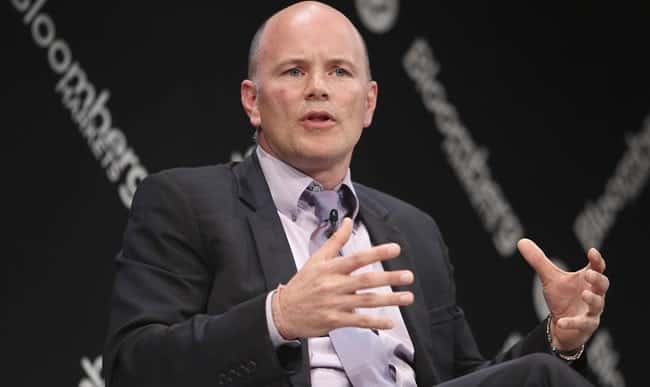
You might have heard that art is a fantastic alternative asset class that has outperformed the S&P 500. Microsoft co-founder Paul Allen, from beyond the grave, is here to say: Not so much.
Driving the news: In the biggest and most blockbuster art sale of all time, a selection of paintings and sculptures from Allen’s collection was auctioned at Christie’s in New York this week. In total, the art sold for more than $1.6 billion.
How it works: Allen, a prolific collector, bought many works at auction — which means we know exactly how much he paid for them. The Cézanne that sold on Wednesday for $137.8 million, for instance, was bought in 2001 for just $38.5 million. By looking at the resale values, it’s possible to see how much the art rose in value.
Between the lines: There are many reasons why these numbers massively overstate the broader returns to art investment.
- Paul Allen was, as the title of the auction says, a visionary. Most collectors don’t have his unique combination of a great eye and deep pockets in the 1990s, when first-rate art was particularly cheap.
- Collectors coveted Allen’s art in particular: Because of the quality of the collection as a whole, Allen provenance has real value.
- Allen’s estate has the luxury of being able to time the market. The collector died in 2018, but this art is only being sold now, at a time of extraordinary demand.
- The resale price includes “seller’s premium” — the amount the Allen estate paid to Christie’s and its guarantors. So the cash-on-cash return will be lower than the numbers on this chart.
- Christie’s and the estate both had every incentive to sell those works — and only those works — for which demand is currently hot. The paintings the estate didn’t sell will have seen much less appreciation.
By the numbers: Even with all those tailwinds, the average annualized growth rate on the 11 lots with public entry prices was just 6.2%. On average, Allen held them for 18 years before selling them.
- By contrast, even after its fall this year, the S&P 500 still boasts a compound growth rate of 8.9% over the past 18 years.
The bottom line: Allen would have made more money just buying an S&P 500 index fund.
























